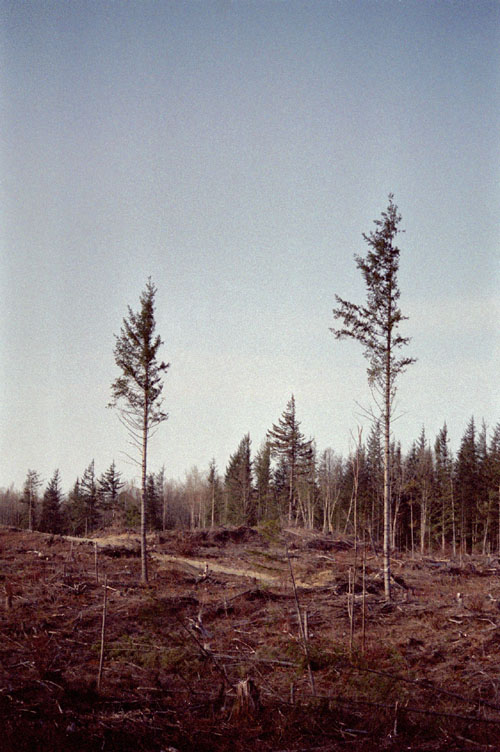Recovered from the Wayback Machine.
Some say our world faces the worst economic times since the Great Depression. Maybe so, maybe not, I’m not an economic expert. If we are facing the worst economic times since the Great Depression, then perhaps we should look to the lessons from that time in order to help us cope.
People did survive the Great Depression. Not only survive, but developed a physical and cultural heritage that still enriches us to this day. We ride on roads built during the times; our older citizens do no go penniless into retirement, nor lose everything they’ve saved when some bank fails; electricity spread, from city streets to remote farms, as did the population, from south to north, east to west. The greatest change of all, though, was in our government. The little fiefdoms of state, county, and town merged, under one federal government, which went from being a minor nuisance, to a major, and unifying, power. If you think that such action was wrong, spare a thought for the Civil Rights movement in order to understand why a strong, federal government is important.
The Depression inspired the writer, painter, and musician. John Steinbeck’s The Grapes of Wrath is still required reading in many schools, as is Of Mice and Men. Documentary photography reached its zenith in the 1930s, thanks in large part to grants from the US Farm Security Administration (FSA). The 1930s have also been termed the golden age of Hollywood, with the release of such classics as Snow White and the Seven Dwarfs, The Wizard of Oz, monster favorites Frankenstein and King Kong, and dramas, such as Mr. Smith Goes to Washington, Hell’s Angels, and Jezebel—not to mention Horse Feathers, from the Marx Brothers.
If people escaped the troubles of the times with movies, they embraced the Depression with the music of the time, including the bitingly satirical, We’re in the Money, and the song which became anthem for the times: Brother, Can You Spare a Dime, covered by artists ranging from Bing Crosby to Rudy Vallee, Charlie Palloy to Al Jolson. The reference to soldiers in the song reflects the anger felt by many World War I veterans, who felt betrayed by the country they served during war, and who participated in a protest now known as the Bonus March on DC in 1932, demanding immediate redemption of service certificates. Many of these veterans were now homeless, without jobs, and set up camp in a *Hooverville, a shanty town named for President Hoover, and located not far from the White House.
The lyrics of Brother, Can You Spare a Dime said much about the times.
"Brother, Can You Spare a Dime," lyrics by Yip Harburg, music by Jay Gorney (1931)
They used to tell me I was building a dream, and so I followed the mob,
When there was earth to plow, or guns to bear, I was always there right on the job.
They used to tell me I was building a dream, with peace and glory ahead,
Why should I be standing in line, just waiting for bread?
Once I built a railroad, I made it run, made it race against time.
Once I built a railroad; now it's done. Brother, can you spare a dime?
Once I built a tower, up to the sun, brick, and rivet, and lime;
Once I built a tower, now it's done. Brother, can you spare a dime?
Once in khaki suits, gee we looked swell,
Full of that Yankee Doodly Dum,
Half a million boots went slogging through Hell,
And I was the kid with the drum!
Say, don't you remember, they called me Al; it was Al all the time.
Why don't you remember, I'm your pal? Buddy, can you spare a dime?
Once in khaki suits, gee we looked swell,
Full of that Yankee Doodly Dum,
Half a million boots went slogging through Hell,
And I was the kid with the drum!
Say, don't you remember, they called me Al; it was Al all the time.
Say, don't you remember, I'm your pal? Buddy, can you spare a dime?
Like the literature, and the roads, the music survives to this day, as George Michael will attest. Fortunately, the song will survive the experience.
I created The Frugal Algorithm for the same reason people sang Brother, Can You Spare a Dime in the 1930s—to face today’s difficult times head on. Rather than curl up in a fetal ball, waiting for some miracle to make the current economic situation go away, the Frugal Algorithm embraces the economy of today, and celebrates it as a way to redefine who we are.
We are too often seen as consumers in a disposable society, whose primary interest is what new toy to buy, and how much garbage we generate. When faced with difficult times, we buckle down reluctantly, anxiously waiting when the times are better and we can return to a time of “prosperity”, prosperity in this context meaning buying more stuff. Our societies are based on the concept that worth is measured in goods, and the ultimate health of the collective is based in gross national product and balance of trade. We work to buy, and we buy to work.
But what if we broke the cycle?



